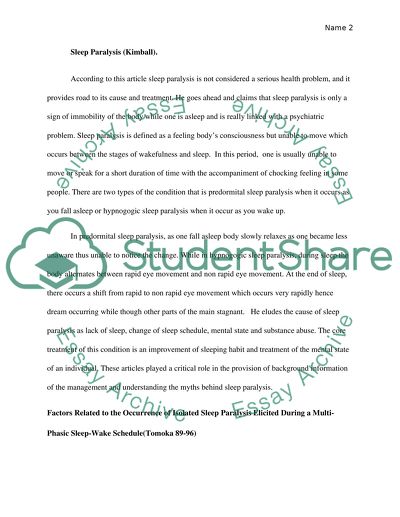Cite this document
(“Disorders that Make Sleep Scary: Sleep Paralysis Essay”, n.d.)
Retrieved from https://studentshare.org/psychology/1470428-sleep-paralysis
Retrieved from https://studentshare.org/psychology/1470428-sleep-paralysis
(Disorders That Make Sleep Scary: Sleep Paralysis Essay)
https://studentshare.org/psychology/1470428-sleep-paralysis.
https://studentshare.org/psychology/1470428-sleep-paralysis.
“Disorders That Make Sleep Scary: Sleep Paralysis Essay”, n.d. https://studentshare.org/psychology/1470428-sleep-paralysis.


